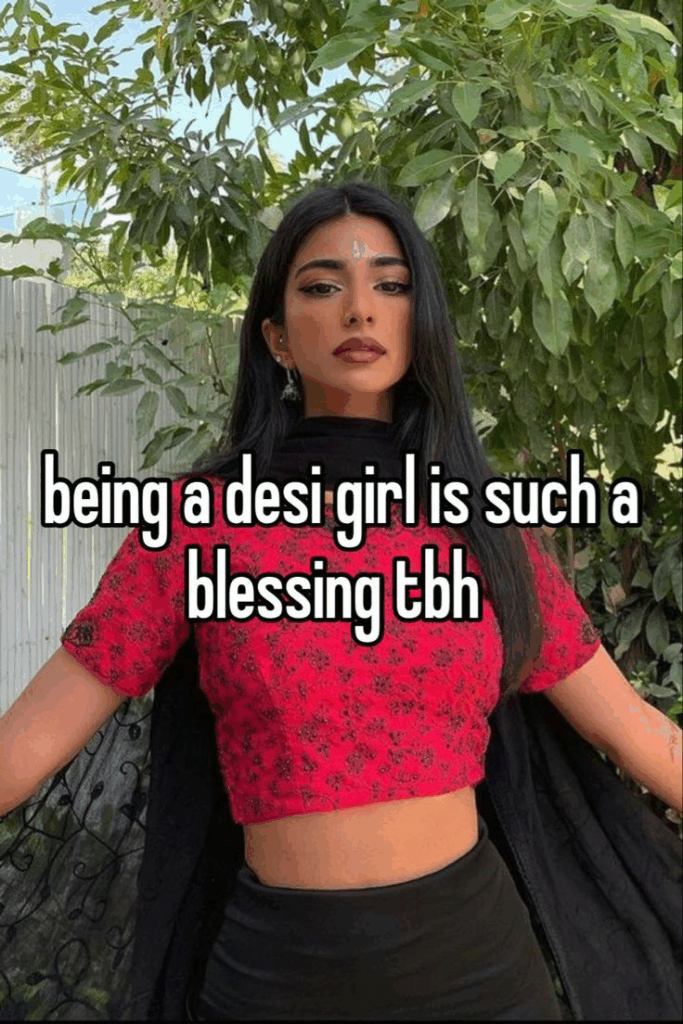
In many South Asian households, compliments often sound like:
“You’ve lost weight, you look so good!”
“Your skin is glowing — are you using a fairness cream?”
“She’s pretty… for a dark-skinned girl.”
From a young age, many South Asian children — especially girls — are made to feel that their worth is tied to how closely they resemble a narrow, often Eurocentric, ideal of beauty. The obsession with fair skin, thinness, long hair, and flawless features runs deep, passed down through generations like tradition.
But beneath these so-called “concerns” about appearance lies something far more serious: the quiet erosion of mental health.
Beauty as a Benchmark of Worth
In many families, body shaming is normalized. Remarks about weight, acne, facial hair, or skin tone are often brushed off as “loving concern” or “constructive criticism.” But these comments often plant seeds of insecurity and self-hate that grow silently over time.
For South Asian girls especially, appearance becomes a silent report card. Fairness equals desirability. Thinness equals discipline. Beauty equals value.
And if you don’t measure up? You’re left feeling invisible — or worse, ashamed.
The Psychological Cost
The mental health toll of appearance-based pressure is immense, yet rarely acknowledged. Many Desi youth, especially girls and queer individuals, internalize harmful beauty standards and develop issues such as:
- Low self-esteem
- Social anxiety
- Disordered eating
- Depression
- Body dysmorphia
Worse still, the stigma around mental health means these struggles are often silenced. You’re expected to “just get over it” — because how could you possibly be unhappy when others have it worse?
Where It Comes From
This obsession with appearance isn’t born in a vacuum. It’s a toxic blend of:
- Colonial hangovers (fair skin = superiority)
- Colorism within our own communities
- Bollywood and media glorifying one kind of “ideal” look
- Relatives casually comparing children like they’re contestants in a beauty pageant
The issue is not just cultural — it’s generational.
Reclaiming Our Bodies and Minds
Healing starts with unlearning.
It starts with rejecting the idea that your body needs to look a certain way to be lovable or worthy. It means calling out body shaming, even if it comes from elders. It means understanding that mental health and body image are deeply connected — and both deserve care, attention, and validation.
Your body does not exist to please others. You are more than your appearance. And the way you feel about yourself should matter more than what others think of you.
Being South Asian and beautiful should not require bleaching creams, crash diets, or silence.
It should mean being enough as you are.
📊 Demographic Visuals
Below are two charts illustrating the depth of the issue within South Asian communities:
- Pie Chart: Common appearance-related criticisms faced by South Asian youth
- Bar Chart: Mental health impacts caused by appearance-based pressure
These visuals highlight the real emotional weight behind appearance-based criticism in South Asian communities:
- Pie Chart: Shows the most frequent types of appearance-related comments — with weight and skin tone topping the list.
- Bar Chart: Reflects the widespread mental health consequences, with low self-esteem and anxiety affecting a majority.
No Responses